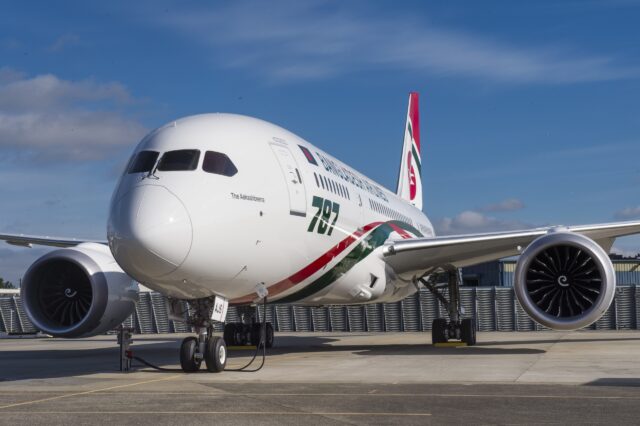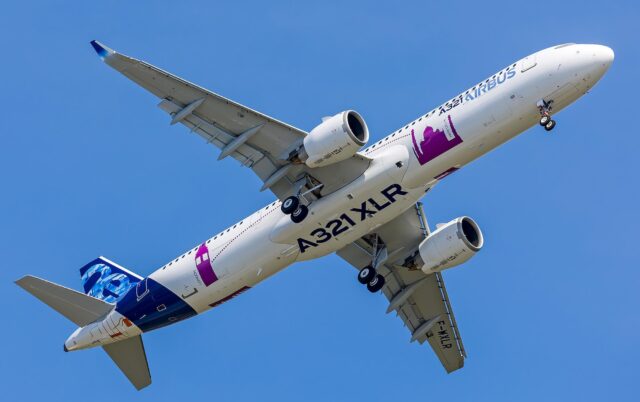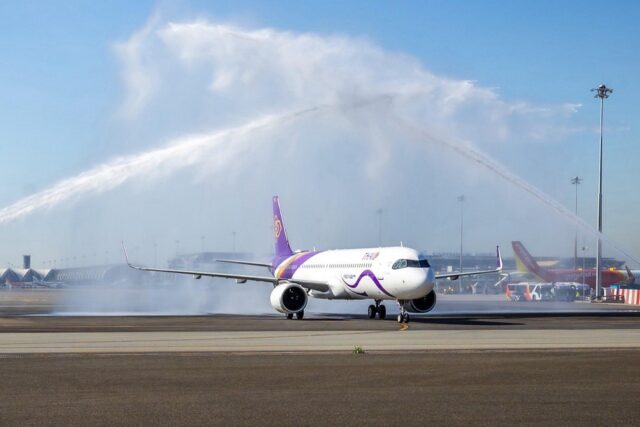Engine battle looms for Polish Eagles
September 5, 2024

The original F-15A was powered by a pair of Pratt and Whitney F100-PW-100 turbofans, with a maximum continuous rating of 12,410 lb st (55.2 kN), a military power rating of 14,690 lb st (65.3 kN), and 23,930 lbf (106.4 kN) in maximum reheat.
The F100-PW-220 was developed in the early 1980s to overcome early problems. The new engine incorporated a digital electronic engine control (DEEC), and reliability and maintenance costs were dramatically improved, and the time between depot overhauls was doubled. The -100 engine could be upgraded to the -220 standard. The new engine produced 14,590 lb st (64.9 kN) in military power and 23,770 lb st (105.7 kN) with afterburning but had better dynamic thrust than the -100 engine across most of the envelope. It equipped the F-15C, and early F-15Es, before the F100-229 was introduced.
The F100-PW-229 was developed under the Improved Performance Engine (IPE) programme, and had a higher turbine inlet temperature, higher airflow, and a lower bypass ratio, resulting in higher thrust of 17,800 lb st (79.2 kN) or 29,160 lb st (129.7 kN) with afterburning.
The first F100-PW-229 engine was flown in 1989 and powered late model Block 52 F-16C/Ds and late F-15Es.
The first challenge to Pratt and Whitney’s Eagle monopoly came when the competing 29,000-lb st General Electric F110-GE-129 was selected to power the first 40 F-15K Slam Eagle fighters for Korea. Subsequent RoKAF aircraft, procured under the Next Fighter II programme, reverted to the Pratt & Whitney F-100-PW-229 EEP engine, each rated at 29,100 lb st. This engine was also selected to power Israel’s F-15I Ra’am aircraft.
Otherwise, though, all recent F-15s (including all of the so-called Advanced Eagles) have been powered by General Electric F110-GE-129C turbofan engines. These include Singapore’s F-15SGs, and the Saudi F-15SA, the Qatar Emiri Air Force F-15QA Ababil, and the USAF’s F-15EX Eagle II.
GE Aerospace asserts that it has the only certified and in-production engine for the Advanced F-15 in service today, including the F-15EX, since the F-110-GE-129 Improved Performance Engines powers all of the digital FBW Eagles in service.
Pratt and Whitney (a subsidiary of RTX, formerly Raytheon) believes, however, that its F100 would be the perfect fit for any Polish F-15 aircraft, due to what Josh Goodman, senior programme director for the F100 at Pratt and Whitney, called the engine’s “proven track record and the company’s history with Poland.”
Pratt and Whitney has had a presence in Poland for 48 years and employs nearly 6,200 people, leading it to claim to be the “largest Polish aerospace employer, accounting for 20% of employment and 30% of sales in the aerospace sector.”
The F100 engine has flown more than 30 million flying hours since its first flight on an F-15 in 1972 and its first flight on an F-16 in 1974, and is the “exclusive power plant of Poland’s F-16 today.” All of the F100 engines that power Poland’s Block 52 F-16 aircraft were manufactured by Polish employees at Pratt and Whitney’s Rzeszów facility.
Pratt and Whitney claims that the F100 has amassed an unmatched record for safety and reliability in the US Air Force fleet and that it is: “the safest fourth generation engine in a single engine fighter application.”
While the F100 is not currently certified for the F-15EX airframe, although it meets all of the requirements and offers some “margin for growth to increase the capability of the weapon system.”
Josh Goodman said that the F100 would “not need to go through the whole process of integration and certification” if it were to be selected. He said that: “There is a very limited, low risk integration and certification scope that the engine would have to go through in conjunction with the airframe in order to properly certify for use on the F-15EX airframe.”
The new FBW flight control system means that the engine-to-airframe interface will need to be validated or certified, but Goodman says that this is: “a very low risk proposition because there’s nothing that has to be done to the engine.”
Pratt and Whitney is also exploring future opportunities to grow Polish F100 MRO (maintenance, repair and overhaul) capabilities, increasing the scope of local sustainment, and performance based logistics, and aiming to give the Polish Air Force sovereign sustainment capabilities.
Goodman says that Pratt and Whitney is working with Boeing and both the Polish and US Air Force authorities to “ensure that should the F-15EX be selected, the Polish end user understands that their best selection from an engine performance perspective in that airframe is the F100.”
















